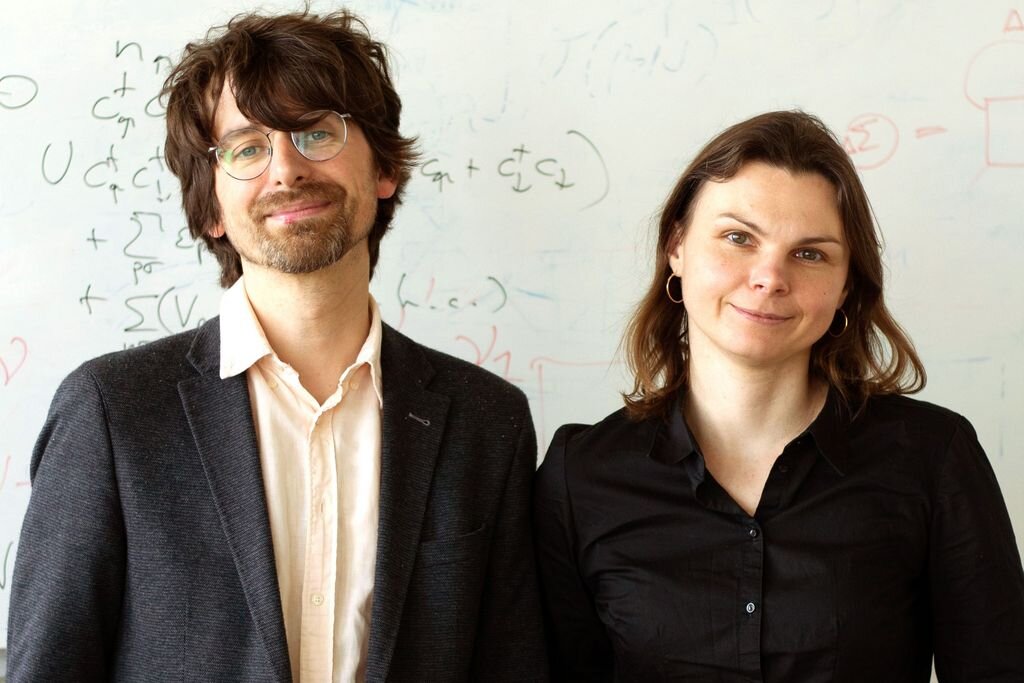In the field of physics, it is common to encounter different scales that can be separately described. For instance, the movement of an elephant walking in a zoo does not affect the Earth’s orbit around the sun. Similarly, the behavior of particles in materials research can be described on different scales. However, finding out which scales are decisive has been a daunting task for researchers, and guessing the solution has been the only option so far.
Finding Decisive Scales with a Mathematical Method
An international research collaboration, including the TU Wien and Saitama University in Japan, has developed a mathematical method to calculate the decisive scales in materials research. The method has been published in the journal Physical Review X. The new method is a significant step towards finding better materials for various applications, such as photovoltaics and microchips.
Electrons in materials physics cannot be viewed separately from each other, and understanding complex phenomena such as superconductivity and magnetism requires the description of many particles and their interactions. However, the formulas of quantum theory become too complex to solve accurately when many particles are involved. Therefore, researchers need to look for certain approximations, which often require disregarding certain size scales.
The mathematical recipe developed by the research team breaks down the complete description of a system into different scales. It automatically shows which scales are important and which ones can be left out. Furthermore, the method also reveals the coupling between the different scales and how to use it for further calculations.
Markus Wallerberger, one of the authors of the paper, explains that sometimes physical arguments can be used to disregard certain size scales. For instance, electrons and atomic nuclei in a crystal can be separated into two simpler problems: the fast movement of electrons and the slower movement of atoms. The new method allows researchers to find intuitive solutions and avoid guesswork when approximations are not evident.
Anna Kauch, who leads an FWF research project on the topic, explains that the new method is an exciting development that will help researchers find better materials and improve their understanding of complex phenomena.



Leave a Reply